

Jean Overton Fuller
1915 – 2009
W R I T E R -
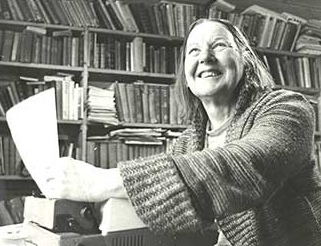
N O O R I N A Y A T K H A N (1 9 1 4 -
George Cross, M.B.E., Croix de Guerre with Gold Star
Portrait of Noor Inayat Khan
painted by Jean’s mother,
Violet Overton Fuller
Founder's letter: Shrabani Basu, Noor's biographer
"It was after the publication of "Spy Princess" (2006), my biography of Noor Inayat Khan, that I received a number of letters from readers thanking me for the book and suggested that there should be a memorial for Noor in London. I realised how much Noor's story had touched ordinary people, especially the young. I felt it was all the more important to remember Noor's message, her ideals and courage in the troubled times we live in.
In Paris there is a plaque outside her family home in Suresnes. A band plays outside
her house every year on Bastille Day to remember her help for the French Resistance.
A leafy square in Suresnes has been named Cours Madeleine after her (Noor's code-
There is a plaque in her honour at Dachau Concentration Camp and another in Grignon where she made her first transmission. London had to catch up. I wanted Noor's memorial to be in Gordon Square, near the house where she lived on 4 Taviton Street, and from where she left on her last mission.."
Noor Inayat Khan, a descendant of the legendary Tipu Sultan, was a secret agent who was dropped behind enemy lines in the Second World War. Born in Moscow on 1 January 1914, to an Indian father, Hazrat Inayat Khan, and an American mother, Ora Ray Baker, Noor was the first woman radio operator to be infiltrated into occupied France.
Her father was a Sufi preacher, and Noor – along with her three siblings, were brought up in a large house, Fazal Manzil “House of Blessing”, on the outskirts of Paris. She studied music and child psychology, publishing her first book Twenty Jataka Tales, when war broke out in Europe in 1939.
Though a pacifist, Noor decided to join the war effort with her brother Vilayat, and the family joined the queues of refugees fleeing Paris and caught the last boat to England. In London, Noor signed up for the Women’s Auxiliary Air Force and began her training as a radio operator. Her knowledge of French and familiarity with Paris was noticed by the Special Operations Executive, a crack group set up by Winston Churchill to “set Europe ablaze”. Madeleine was her code name.
On a full-
Noor made two daring escape attempts from the heavily guarded Gestapo headquarters
at 84 Avenue Foch, but was re-
At Pforzhem prison Noor was shackled and kept in isolation. Despite repeated interrogation and torture, she revealed nothing. Ten months later, Noor was transported with three other SOE women to Dachau Concentration Camp where she was tortured and shot. Her last word was “Liberté”. She was only 30.
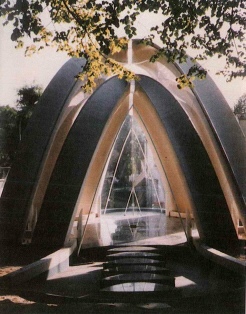
Noor and Jean: a story of friendship
Noor and Jean met in 1937 through Basil Mitchell, a mutual friend. Basil's Father had been one of Hazrat Inayat Khan's earliest converts, when he came to the West in 1910 preaching Sufic mysticism. Basil had been brought up knowing the Inayat Khan family and of the children Vilayat, Hidayat and Claire, the eldest, Noor was his favourite. Although gentle and unworldy, Basil sensed Noor's inner strength.
"She is so quiet, yet so persistent. I always think she is like the little stream that wears a valley through the mountains."
Noor would sometimes stay with Jean at her London flat in 1 Taviton Street when she was on leave from her military training. She appreciated the home comforts of her room after barrack life. Jean would warm a pair of soft red moccasin slippers for her friend, a relief to wear after the required heavy military boots.
Later Noor's Mother moved a few doors along to 4 Taviton Street.
Late one night in 1943 Noor appeared on Jean's doorstep to announce she was going on "foreign service overseas". As a Sufi pacifist, Noor needed a friend to discuss spiritual matters and they talked all night. They never saw one another again.
The War ended and Noor did not return home. Jean recalls in her biography of her friend "the uncertainty as to Noor's fate continued for a long time. It was while the Allied armies were sweeping across Germany, liberating Belsen and other camps that I had a dream. Babuly [the family name for Noor] came towards me, wearing her First Aid Nursing Yeomanry uniform, but surrounded by a blue light, her face radiant. "I'm free," she said.
When Vilayat came next on leave, I told him of this dream. He had dreamed the same, he said. I supposed it meant she had been prisoner in a camp which had now been opened, and that she would soon be coming home. He had interpreted it in exactly the opposite sense. "It means she is dead."
As Jean worked for the War Office in Postal Censorship, the Inayat Khan family asked
her to make enquiries as to Noor's fate. In 1946, the family were mistakenly told
that Noor had died by lethal injection at Natzweiler Concentration Camp -
In an interview with SOE official Vera Atkins, Jean was strongly advised against
trying to discover the detail of Noor's adventures in the field. This advice she
ignored. After appeals for information in the National Press, Jean went to France
in 1949 to meet up with SOE contacts there. She was working as a civilian on her
own -
In 1950 she travelled to Germany to meet with Ernst Vogt, the officer who had interrogated Noor at the Avenue Foch HQ in Paris. As he had never been a member of the Nazi party, Vogt had been imprisoned after the War, rather than shot. Jean interviewed him just five weeks after his release. This experience was recorded in her book "Conversations with a Captor" (1973).
Jean also interviewed people who had been imprisoned in the concentration camps of Buchenwald, Ravensbruck and Mauthausen. This led to a series of books about the SOE, often challenging the War Office's version of events.
She was also present at two official ceremonies to honour the War dead. On May 7th
1948, HRH Princess Alice unveiled a First Aid Nursing Yeomanry Memorial at St Paul's
Church, Knightsbridge, London. Among the grander tributes, Jean laid a small bunch
of lily-
In 1958 Jean was involved with Dame Irene Ward and author Elizabeth Nicholas in pressing the Government for an authoritative account of the successes and failures of the SOE. This was eventually published in 1964.
Throughout, Jean aimed to present the testimony of those she had interviewed as accurately and impartially as possible. This is in itself a tribute to her own character, as described by her friend Dr Megs Little:
". . . the absolute essence of Jean -
Jean's War papers are now in the keeping of The Imperial War Museum in London. There is also an archive of letters and books at Northampton Central Library.
Jean's descriptions of her friend: “Noor was the quietest person it was possible
to imagine. Her voice was so slight and soft so as sometimes scarcely to be audible.
Her appearance also was unobstrusive; she was very small, with indefinite brown hair
and the largest possible wide, brown eyes. These were her most eloquent feature;
they would meet one's gaze very steadily, but were always changing with her thoughts.
One of those people who seem by nature omni-
From "For Valour" by Kenneth Hare-
Her voice "was exceedingly gentle, high and faint; it trailed in a curious way and
might change pitch several times upon a syllable, quavering as though it were about
to die out -
From "Born For Sacrifice" by Jean Overton Fuller (1952)
The title is taken from a description of Noor by her brother Vilayat.
UK Memorials
May 7th 1948 The First Aid Nursing Yeomanry Memorial at St. Paul’s Church, Knightsbridge,
London. Corps Commander MacLellan laid the wreath after the unveiling by HRH Princess
Alice. Jean Overton Fuller, who was at the ceremony, laid among the grander tributes
a small bunch of lily-
October 17th 1953 RAF Memorial at Runnymead unveiled by Her Majesty the Queen. As
Noor Inayat Khan’s next of kin, Vilayat received an invitation for two to the unveiling
and took Jean Overton Fuller as his fellow-
October 4th 2009 A memorial was unveiled on London’s South Bank to honour secret agents who worked for the Allies in World War Two. The statue of captured and executed Violette Szabo was created by Karen Newman.
May 13th 2010 A plaque was placed at 64 Baker Street London, to mark the location of the former Special Operations Headquarters. The ceremony was attended by Duncan Sandys, the Lord Mayor of Westminster and Margaret Jackson MBE. She had worked there as a PA to Colin Gubbins, the eventual Head of SOE.
November 8th 2012 A statue of Noor Inayat Khan was unveiled in Gordon Square, London by HRH Princess Ann.
December 3rd 2013 A memorial to commemorate the women SOE agents who flew out of RAF Tempsford and other airfields, to aid resistance movements in occupied France. The final piece of the mosaic “By the full moon we flew” was placed by HRH Prince Charles.
The Noor Inayat Khan Memorial Trust has been established to promote the message of peace, non violence and religious and racial harmony, the principles Noor Inayat Khan stood for.
Noor Inayat Khan Memorial Trust
Noor Inayat Khan Memorial Trust Facebook Page
Material reproduced with permission from Shrabani Basu
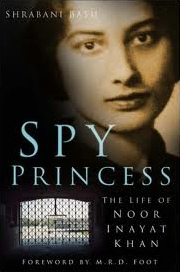
Noor Inayat Khan Memorial
The Statue was unveiled by HRH The Princess Royal on the 8th of November 2012.
Temple of the Universel at Fazal Manzil, “House of Blessing”,
Suresnes, France – dedicated to
Noor Inayat Khan
The bronze at the foundry after the patina was applied, but before the protective wax coating.
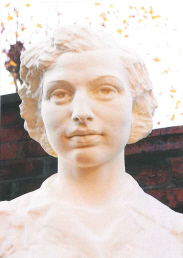
Jean Overton Fuller’s letter to a publisher, describing the intentions behind her biography of Noor Inayat Khan. It says much about the integrity of both women.
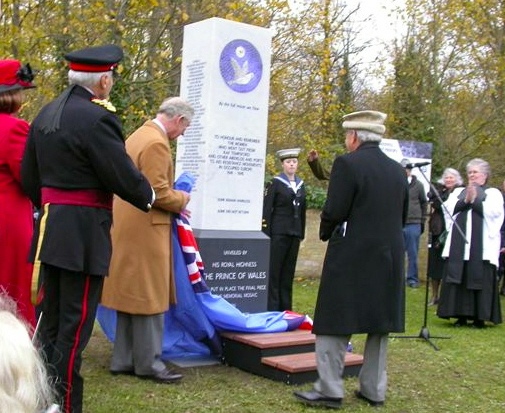
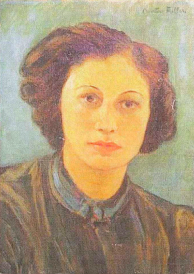
Noor’s father,
Pir O Murshid
Hazrat Inayat Khan
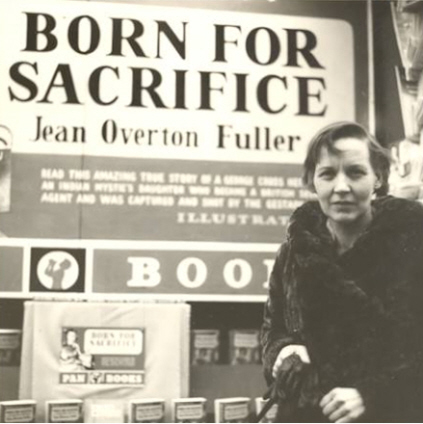

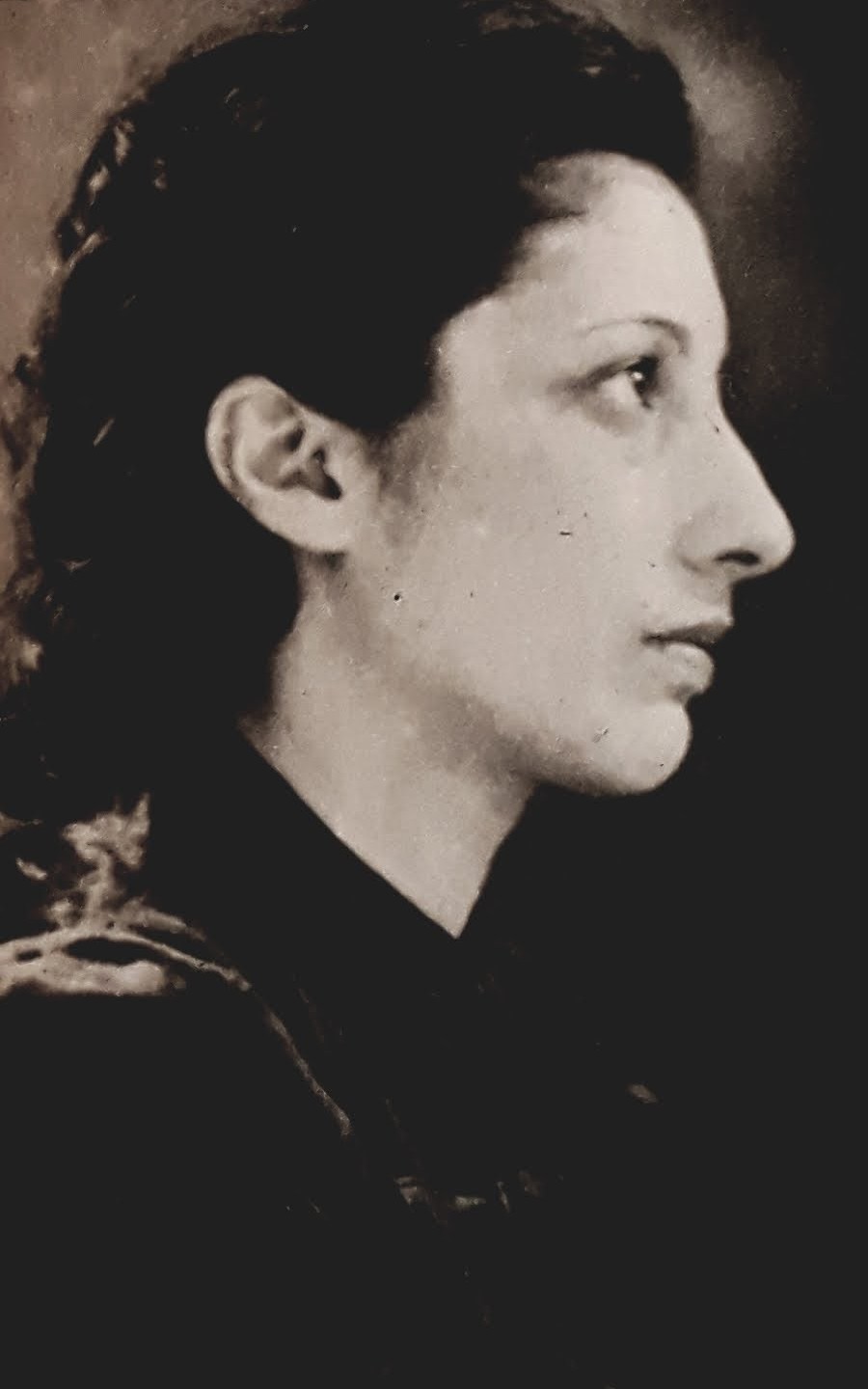
March 1957: Waterloo Station promotion
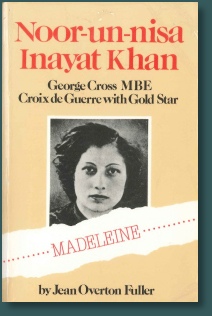

Unveiling of the
Noor Inayat Khan
Memorial by HRH
The Princess Royal
The maquette nearing completion
Statue photographs reproduced with permission from the sculptor Karen Newman.